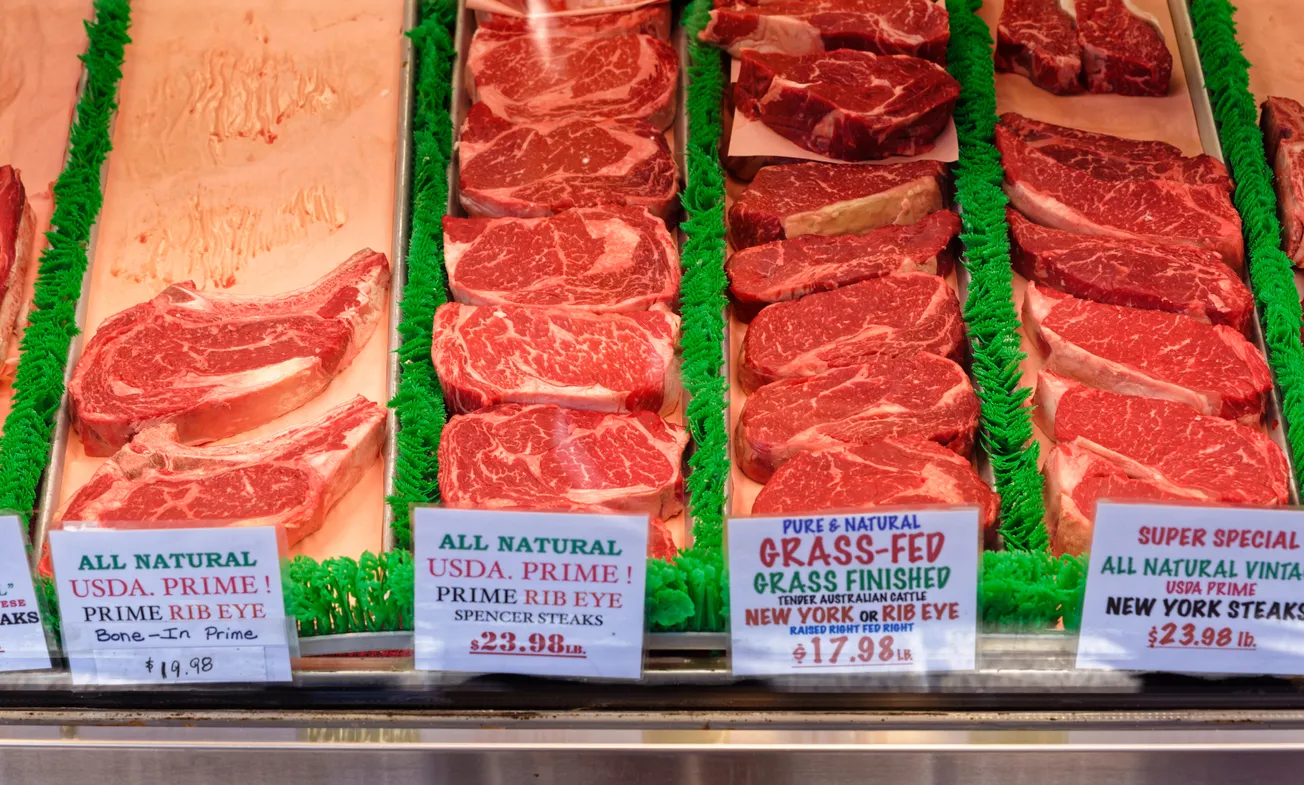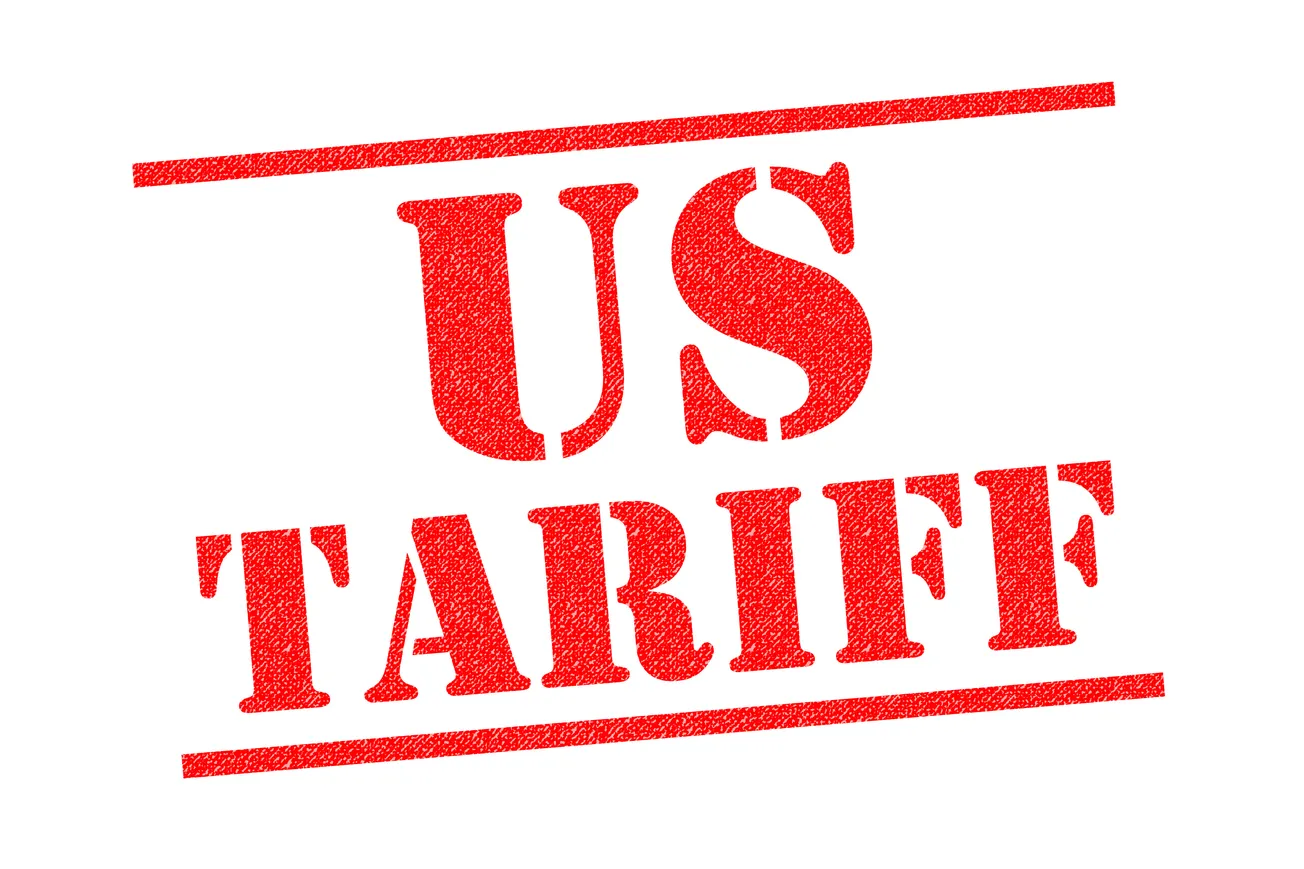The U.S. meat industry remains a dominant force in the food market, despite economic pressures, rising costs, and shifting consumer habits.
Beef, chicken, pork, and fish sales have all seen notable fluctuations due to supply constraints, international trade policies, environmental factors, and inflationary pressures.
As consumers adapt, retailers, suppliers, and farmers are adjusting their strategies to navigate these challenges.
Consumers Face Rising Prices, Shifting Preferences, Economic Pressures
Higher meat prices have forced consumers to reevaluate their purchasing habits, shifting towards more affordable cuts or alternative proteins.
The cost of beef has surged due to supply shortages stemming from a historically low cattle inventory. According to the U.S. Department of Agriculture (USDA), cattle numbers are at their lowest levels in decades due to prolonged drought and high feed costs, which have driven up production expenses.
Consumers are responding by purchasing lower-cost cuts, opting for ground beef over premium steaks, and reducing overall beef consumption in favor of more affordable meats like chicken and pork.
Chicken has become a go-to protein for cost-conscious shoppers, as poultry remains one of the more affordable and readily available options.
Retailers are promoting family-size packs, and demand for dark meat cuts, which were once less desirable in the U.S., has increased due to their lower price point compared to boneless, skinless chicken breasts.
However, fluctuating feed costs, labor shortages, and periodic outbreaks of avian influenza continue to threaten poultry supply and pricing.
Pork has maintained relatively stable pricing, but trade policies and regulatory changes could impact its availability and cost.
California’s Proposition 12, which imposes stricter animal welfare standards on pork producers, has created uncertainty in the market, potentially leading to reduced supply and increased prices.
Additionally, international trade restrictions, particularly with China and Mexico, could influence both domestic availability and export opportunities.
Fish and seafood present another layer of complexity.
Prices for certain fish species, particularly wild-caught varieties, have increased due to overfishing regulations and environmental factors such as warming ocean temperatures and extreme weather events disrupting fisheries. Additionally, import restrictions on seafood from certain countries, including Russia and parts of Asia, have further limited supply.
Looking ahead, consumers will continue to feel the effects of inflation in the meat sector. While demand for traditional proteins remains strong, the market is seeing increased interest in plant-based and lab-grown alternatives, particularly among younger and more environmentally conscious demographics. However, these alternatives have yet to gain widespread traction in comparison to conventional meat.
Retailers Balance Consumer Demand with Supply Chain Challenges
Retailers are facing the difficult task of maintaining meat sales while managing rising wholesale costs and supply chain disruptions.
Grocery stores have seen an increase in total meat sales, but changing consumer habits mean that higher-priced cuts are moving slower, while budget-friendly options and bulk purchases are seeing increased traction.
To maintain affordability, many supermarkets are offering discounts on family-size packs, featuring meat prominently in promotional circulars, and increasing private-label meat offerings.
Labor shortages continue to pose a problem for meatpacking plants, contributing to bottlenecks in the supply chain.
Higher wages, increased automation, and regulatory changes related to worker protections are adding operational costs that retailers must pass on to consumers. Additionally, higher fuel and transportation costs have impacted the distribution of fresh meat, leading to increased prices at retail locations.
In response to supply chain volatility, some retailers are turning to frozen and processed meat options to maintain consistent inventory and reduce losses from spoilage.
Discount grocers, such as Aldi and Lidl, have seen an uptick in meat sales as cost-conscious consumers look for lower-cost alternatives. Major chains like Walmart and Kroger are also leveraging their scale to secure more favorable pricing from suppliers, helping to keep costs down for consumers.
Restaurants are feeling similar pressures, particularly those in the fast-casual and full-service segments. Many have raised menu prices to compensate for higher ingredient costs, leading to reduced consumer spending on dining out.
Some chains are adjusting portion sizes or reworking menus to emphasize more affordable proteins like chicken and pork, while others are experimenting with hybrid meat-plant-based dishes to stretch supply and reduce costs.
Suppliers, Processors Struggle with Cost Increases, Regulatory Uncertainty
Meat processors are facing rising production costs, driven by higher feed prices, transportation expenses, and labor shortages.
The cattle industry, in particular, has been impacted by drought conditions in key producing states like Texas and Kansas, which have reduced herd sizes and forced ranchers to liquidate cattle early. This short-term increase in beef availability is expected to be followed by a prolonged period of tight supply and higher prices, as rebuilding herds takes years.
Poultry suppliers have seen somewhat more stability, but the industry is vulnerable to outbreaks of avian influenza, which can cause sudden supply disruptions.
Additionally, rising energy costs for processing plants and transportation have contributed to increased wholesale prices, which are then passed down the supply chain.
Pork producers are contending with new animal welfare regulations that require significant investment in infrastructure changes to comply with laws like California’s Proposition 12.
Many small and medium-sized operations are struggling to meet these standards, leading to concerns over potential supply shortages. Furthermore, potential changes to U.S. trade policies with China could impact pork exports, which play a major role in overall industry health.
Seafood suppliers are dealing with environmental challenges, import restrictions, and shifting consumer demand. Stricter fishing quotas and sustainability initiatives, while necessary for long-term ocean health, are reducing supply in the short term.
Many seafood processors are relying more on farmed fish to meet demand, but rising feed costs and water quality issues present additional hurdles.
Farmers, Ranchers Confront Climate Challenges, Policy Shifts
Livestock farmers and ranchers are among the most affected by current industry conditions. Drought conditions in key cattle-producing states have severely impacted grazing land, forcing many ranchers to sell off animals earlier than planned.
This has created a temporary increase in beef supply, but in the long run, herd rebuilding will take time, keeping beef prices high for the foreseeable future.
The pork industry is facing regulatory challenges that could reshape the sector. New laws requiring more humane housing for pigs are increasing costs for farmers, and many smaller producers are struggling to comply.
Additionally, potential tariffs or trade restrictions with major export destinations could affect overall demand, influencing supply and domestic pricing.
For poultry farmers, disease outbreaks remain a constant threat. Avian influenza has led to large-scale culling events in the past, and any future outbreaks could result in sudden supply shortages.
Feed prices, largely dictated by global grain markets, are another major concern. Rising input costs put pressure on farmers to increase prices, leading to higher costs at the consumer level.
Fishermen and seafood producers are dealing with their own set of challenges.
Overfishing regulations and climate change are impacting the availability of key species, while geopolitical tensions have led to import restrictions on seafood from certain regions. Additionally, rising fuel costs are making it more expensive for fishing vessels to operate, adding another layer of cost pressures.
Future Outlook: Price Volatility and Industry Adaptation
Looking ahead, the meat industry will continue to be shaped by supply constraints, climate conditions, and evolving consumer preferences.
Beef prices are expected to remain high for the next several years as ranchers work to rebuild herds. Chicken and pork may see moderate production increases, but factors like disease outbreaks, regulatory changes, and trade policies will introduce volatility.
The seafood industry will likely face ongoing challenges related to environmental regulations and international trade. Consumers may continue shifting toward alternative proteins, but traditional meat sales are expected to remain strong, particularly as economic conditions stabilize.
Despite the challenges, meat remains a cornerstone of the American diet. As the industry navigates these uncertainties, adaptation and strategic planning will be key to ensuring long-term stability and affordability for consumers.









